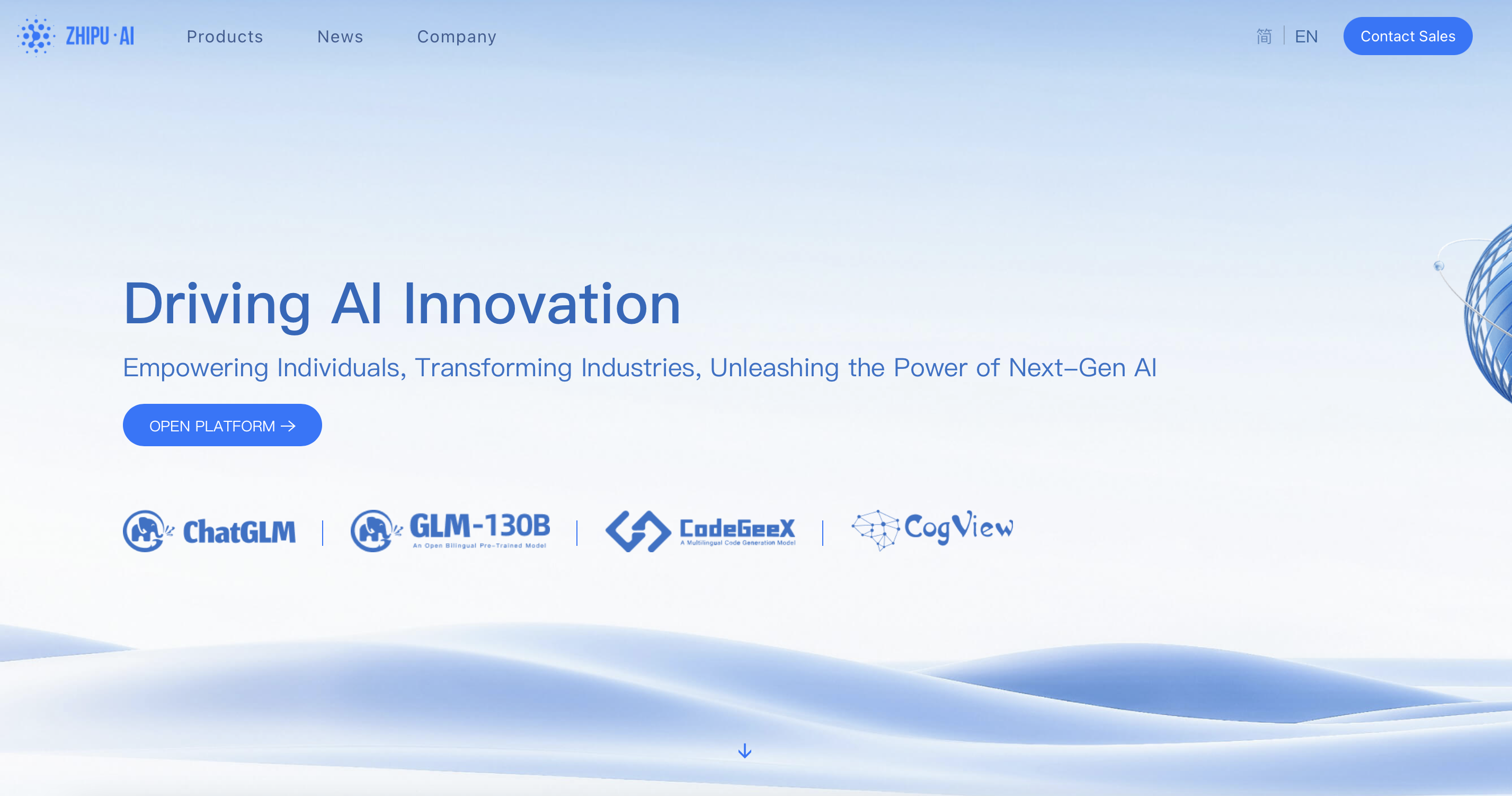A Visionary Approach to Financial Risk Management
The world of financial risk management has always been unpredictable. Markets rise and fall based on a complex mix of macroeconomic factors, investor sentiment, and, sometimes, sheer speculation. Over the years, financial institutions have relied on traditional risk models—statistical frameworks, historical trends, and human judgment—to mitigate uncertainty. But as we’ve seen with major financial crises, these models are often reactive rather than proactive.
Harshita, a recognized expert in financial analytics and AI-driven risk modeling, has spent years tackling this challenge. Her work in advanced data analytics focuses on making risk management smarter, faster, and more adaptive. Through her patented technologies, she’s introduced new ways to reduce bias in predictive models, optimize big data processing for financial transactions, and enhance cybersecurity in banking.
“Financial risk models have long suffered from systemic flaws—bias in data, lagging insights, and over-reliance on human intervention. The real power of AI is its ability to continuously learn from changing market conditions, adapt, and make predictions that traditional models can’t.” — Harshita
The Uniqueness and Implications of Harshita’s Patents
Each of Harshita’s patents addresses a fundamental issue in financial risk management:
- Reducing Bias in AI Prediction Models: Financial models can reflect human biases—whether in credit approvals, fraud detection, or loan underwriting. One of Harshita’s patents introduces an AI-powered system that continuously audits and corrects biases in predictive models, ensuring more equitable and accurate risk assessments. The impact? Financial institutions can improve lending fairness while reducing false positives and negatives in risk classification.
- Big Data Processing for Financial Transactions: Real-time financial decision-making requires vast amounts of data to be processed in seconds. Harshita’s patented cloud-based analytics system enhances transaction speed, fraud detection, and compliance monitoring, enabling banks to operate with unmatched efficiency.
- AI-Driven Cybersecurity: With cyber threats increasing, financial institutions need better defenses. One of Harshita’s patents focuses on an AI-driven cybersecurity alert system that reduces false alarms while accurately identifying real threats. This is a game-changer for banks that struggle with fraud detection fatigue—where security teams are bombarded with alerts but lack precision in filtering actual risks.
How AI and Machine Learning Are Redefining Risk Analytics
AI is not just another tool in risk management—it’s fundamentally changing how risk is measured, predicted, and mitigated. Unlike traditional models that depend on historical data, AI models evolve continuously, integrating real-time transaction data, market indicators, and even alternative data sources like social media sentiment.
Financial institutions using AI-powered risk analytics have seen:
- More accurate risk predictions—by incorporating non-traditional data sources.
- Faster fraud detection—through real-time anomaly detection in transactions.
- Better credit assessments—by analyzing behavior patterns rather than just credit scores
“The biggest challenge isn’t just developing AI models; it’s making them trustworthy, explainable, and adaptive. Black-box AI isn’t enough—finance demands models that are both accurate and accountable.” — Harshita
The Shift from Static to Adaptive Risk Models
Historically, financial institutions operated with static risk models—frameworks built on years of historical data, often updated quarterly or annually. But in today’s fast-moving financial landscape, static models don’t cut it. AI-powered risk models adjust dynamically, factoring in real-time economic trends, geopolitical events, and behavioral shifts in consumer spending.
For instance, during the COVID-19 pandemic, traditional models failed to predict the massive shifts in credit risk. Meanwhile, AI-driven models that incorporated real-time spending patterns and sentiment analysis provided far more accurate risk forecasts.
Harshita’s patented big data processing system plays a key role in this shift. It allows institutions to process enormous amounts of real-time financial data efficiently, reducing decision-making lag and improving market responsiveness.
AI in High-Frequency Trading (HFT) and Market Stability
High-frequency trading (HFT) algorithms execute thousands of trades per second, maximizing speed and efficiency. But they also introduce market instability, contributing to flash crashes and liquidity crunches. AI-powered risk controls help stabilize these markets by:
- Detecting early warning signals in liquidity gaps.
- Halting trading when markets exhibit extreme volatility (preventing flash crashes).
- Dynamically adjusting trading algorithms based on live risk analysis.
For traders and financial institutions using HFT, the key takeaway is clear: AI models need built-in risk safeguards to prevent catastrophic market swings.
The Case for Explainable AI (XAI) in Risk Management
A major roadblock in AI adoption for financial risk management is the lack of transparency. Financial institutions can’t blindly trust black-box AI models when billions of dollars are at stake.
Harshita advocates for Explainable AI (XAI)—a framework that makes AI decisions transparent and auditable. Techniques like SHAP (SHapley Additive Explanations) and LIME (Local Interpretable Model-Agnostic Explanations) are now being integrated into AI-driven risk models to provide greater clarity into how decisions are made.
For financial institutions looking to implement AI-driven risk management, the golden rule is:
**“**If your AI model makes a risk decision, you need to be able to explain why.”
The Future of AI in Financial Risk
AI-driven risk management is evolving rapidly, and several emerging trends will shape the industry:
- Quantum computing for ultra-fast risk assessments.
- Decentralized finance (DeFi) risk modeling, leveraging AI to secure smart contracts.
- Hybrid AI-human collaboration, ensuring that while AI enhances efficiency, human expertise remains central to decision-making.
Harshita strongly believes that the most successful AI-driven risk models will be the ones that:
- Combine AI’s processing power with human intuition.
- Ensure fairness and reduce bias in financial decision-making.
- Prioritize transparency and regulatory compliance.
Final Thoughts
AI isn’t just enhancing financial risk management—it’s transforming it. Through innovations in predictive analytics, real-time monitoring, and bias correction, AI is enabling financial institutions to shift from reactive risk assessment to proactive, data-driven decision-making.
But for AI to truly revolutionize finance, it must be trusted. Transparency, fairness, and adaptability will define the next era of AI-driven risk management.
“Technology isn’t the challenge—trust is. The institutions that get AI right will be the ones that build models people can rely on, not just for accuracy, but for fairness and accountability.” — Harshita
About Harshita
Harshita is an expert in financial data analytics, AI-driven risk modeling, and cybersecurity. With multiple patents in AI and big data processing, she specializes in developing cutting-edge risk management solutions that enhance transparency, fairness, and efficiency in the finance industry.











